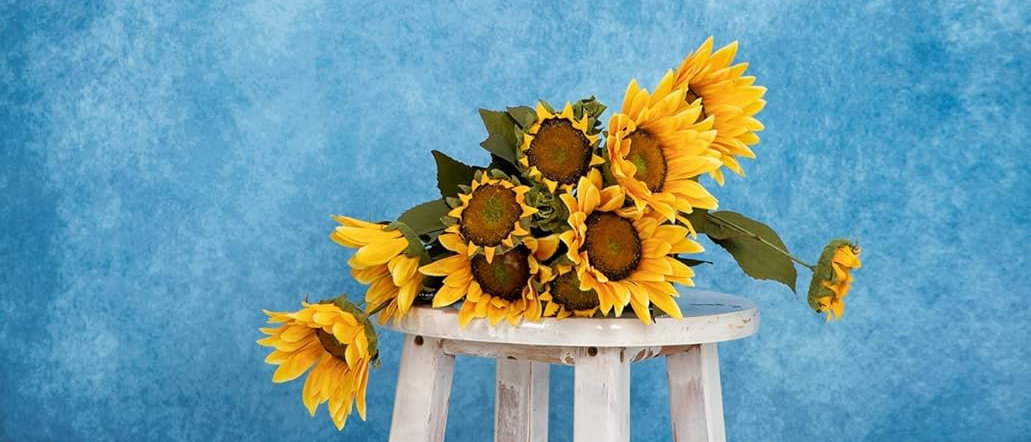I'd take character over precision any day! Why vintage lenses and imperfection matter more than ever
Is the pursuit of perfection making photography less memorable?
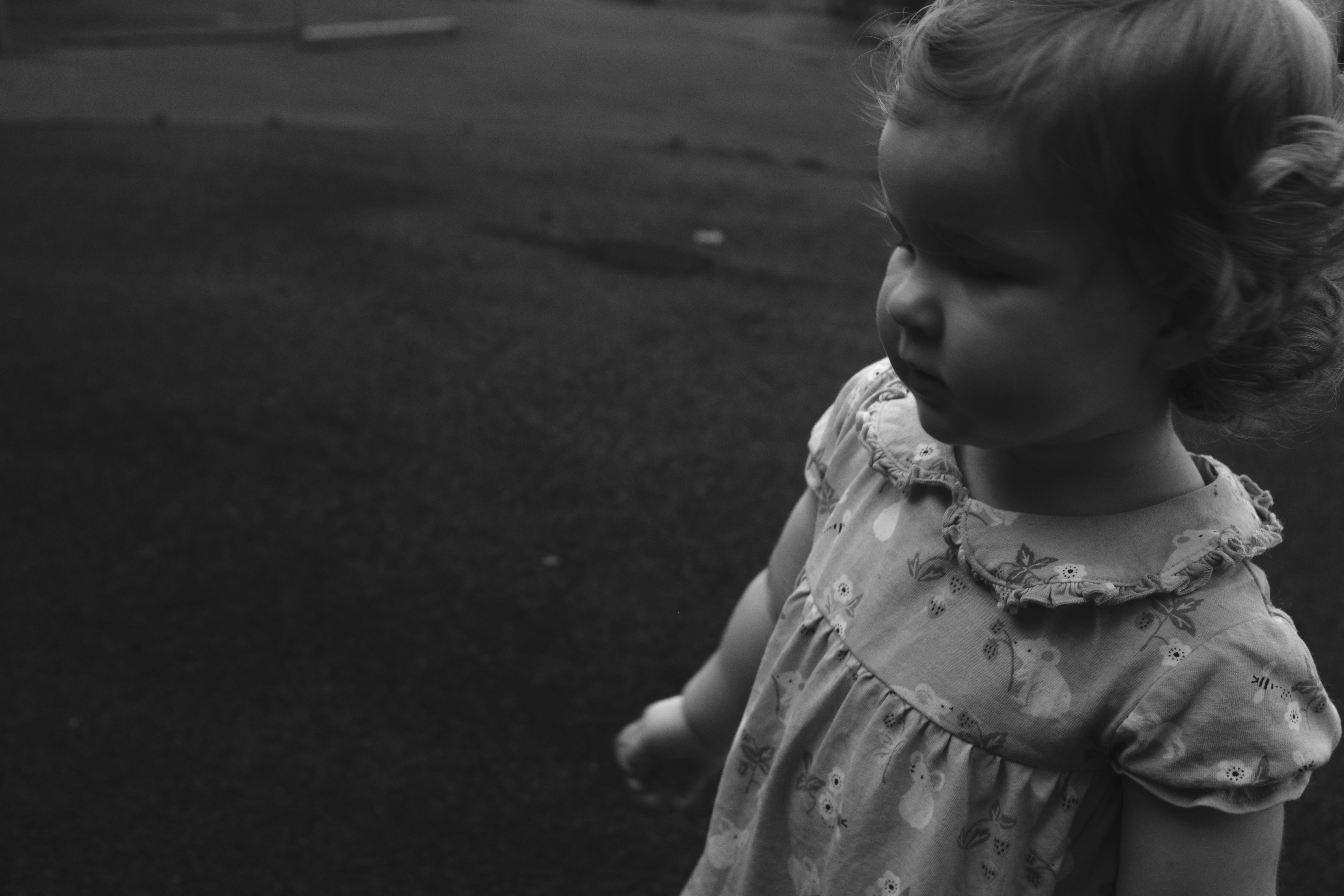
In today’s world of modern photography, there’s a constant push toward 'perfect' images. Mirrorless cameras with more megapixels, lenses with sharper focus, and gear that promises the most precise, clinical shots imaginable. But for me, and many others in the creative community, it’s not about perfection – it’s about connection, character, and emotion.
When I photograph, I’m less concerned with whether an image is razor-sharp or pixel-perfect, I'm more focused on capturing the feeling and connection that will resonate with the viewer.
For me, the connection is everything. I shoot predominantly with the Fujifilm GFX 50S II and Fujifilm X100F, using the Acros film simulation to add a touch of grain that gives my images a sense of texture, character, and mood. I also love the dynamic element that motion blur brings to my work, offering a visual language that speaks more to the moment and less to the technical. The images I have used throughout this article would not have the same impact or connection to me if they were pin-sharp and full of detail.
This is also a reason I’ve increasingly been drawn to large format film as a medium as a way to slow down and dive deeper into this connection. The richness of film, with all its imperfections, enables me to explore my subjects in a more tactile and personal way than any digital camera could.
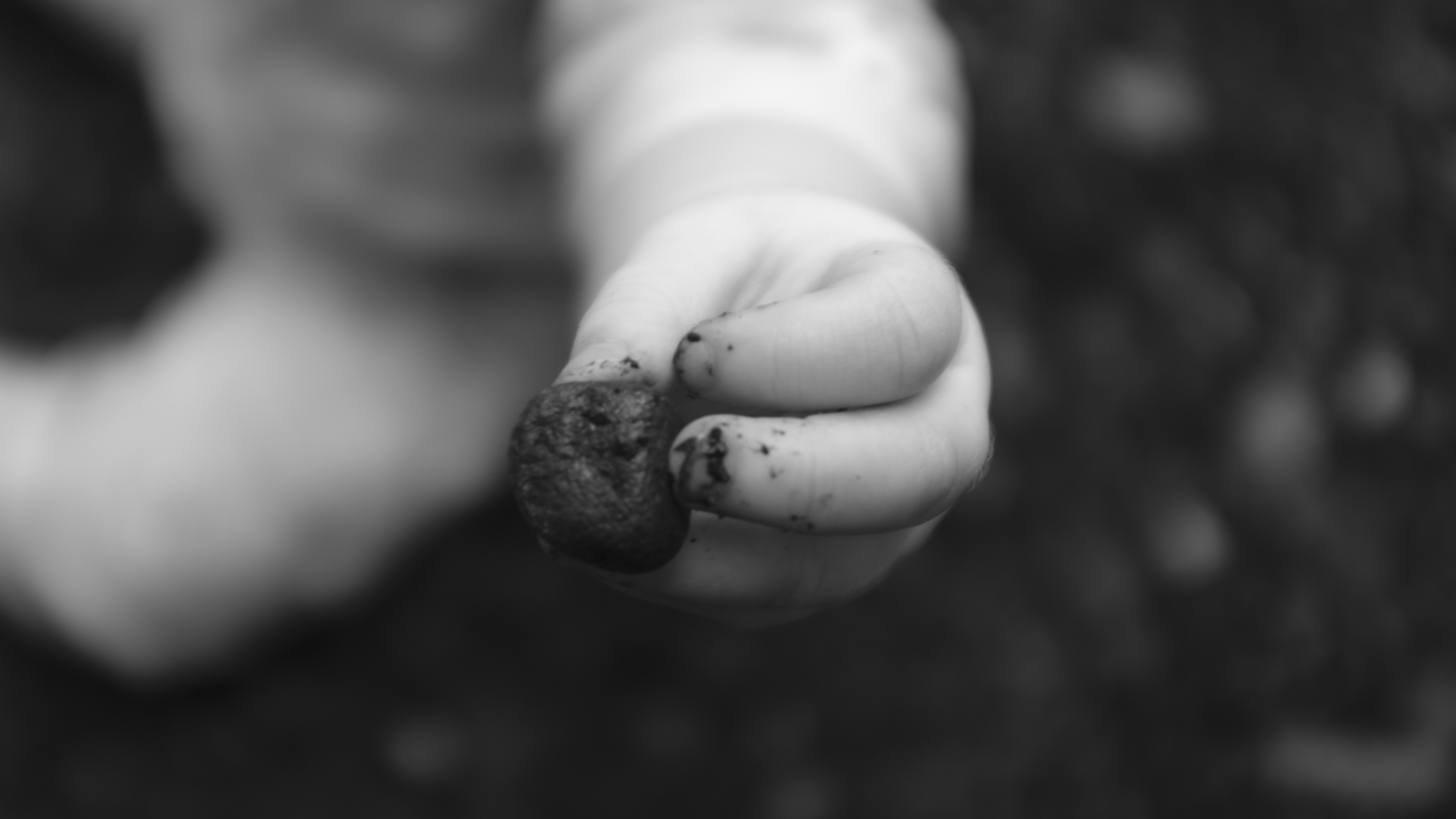
In the age of social media, there’s an overwhelming amount of content flooding our feeds every day, making it harder and harder to create images that stand out or feel iconic. The firehose of content we consume on a daily basis has diluted the context and significance of many images, making it harder for photographs to carry the weight they once did. Where are the images that will be remembered for generations? The ones that feel like they encapsulate something larger than the moment they were captured?
I also believe this has a lot to do with the clinical nature of modern cameras and lenses. With every new piece of gear promising greater precision and sharper images, we’ve lost something – the personality, the character, and the storytelling that once gave images their power and their lasting impact.
Take photographer Robbie Lawrence, for example. His stunning work in Long Walk Home uses retro manual-focus medium format lenses, delivering a distinct look that no modern, high-tech lens could replicate. There’s an authenticity in his images, a rawness that speaks louder than any clinical precision could. His approach enables him to stand out from the crowd, not because of technical perfection, but because of the unique character his lenses bring to his storytelling.
Get the Digital Camera World Newsletter
The best camera deals, reviews, product advice, and unmissable photography news, direct to your inbox!
Yorgos Lanthimos, the visionary director behind Poor Things, also turned to vintage lenses to give his film a timeless quality. This isn’t just about nostalgia, it’s a conscious decision to bring a certain kind of warmth, distortion and texture to the visual storytelling, creating a mood and atmosphere that’s hard to achieve with newer, ultra-precise gear. The grain and the imperfections are the elements that give a film (or a photograph) its soul.
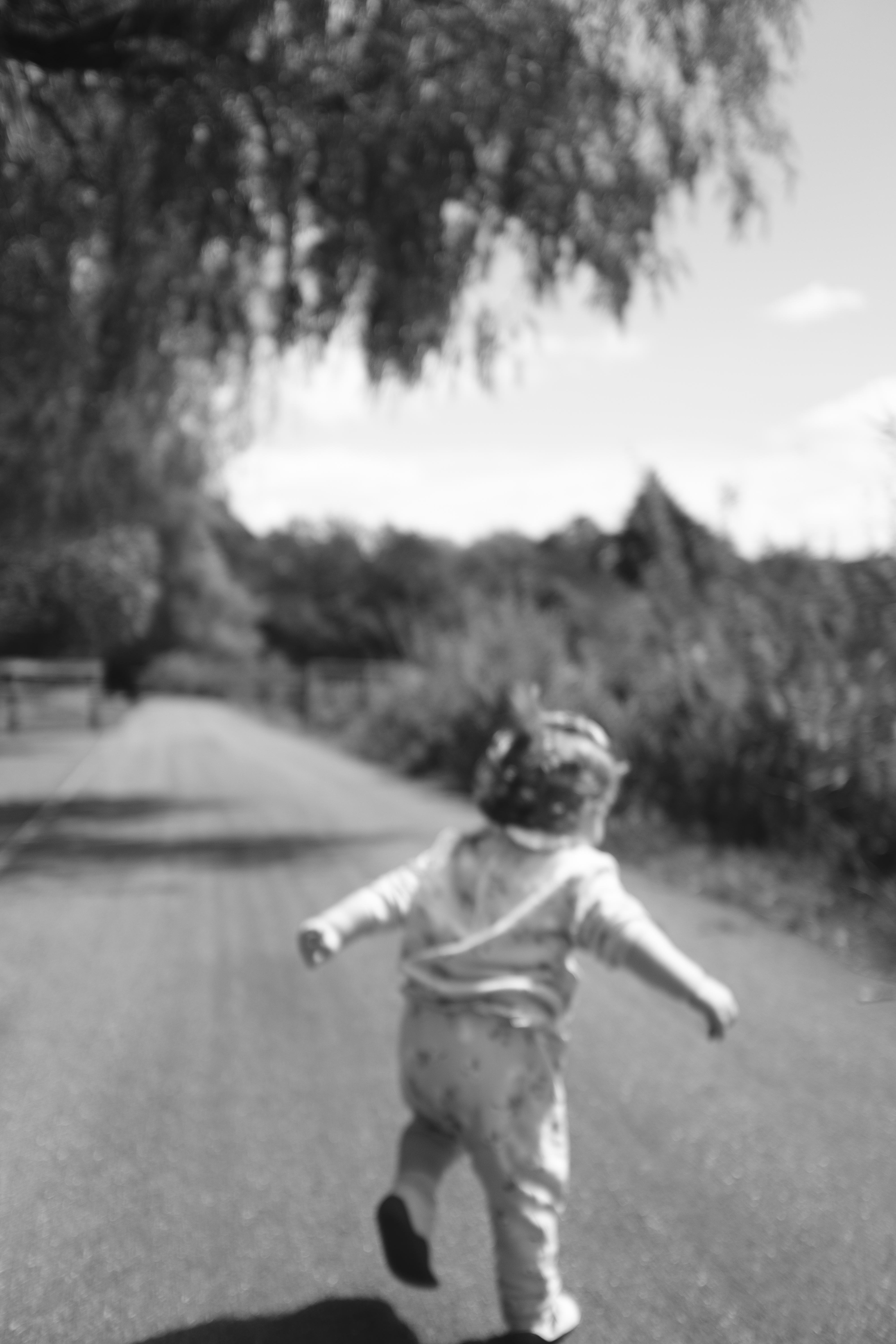
I think this trend speaks volumes about what really matters in photography today. As lenses have become more clinical, more photographers and filmmakers have gone back to older, often less 'perfect' glass – not just because it’s a trend, but because it enables them to shape their work in a more personal way. The imperfections introduce a sense of character, a visual language that feels more human and less mechanical.
This return to character, over sterile precision, is one of the reasons I believe film is making a resurgence. Film naturally introduces an element of unpredictability, graininess and a softer, more organic feel that digital can only come close to replicating. It adds personality to the image, and in a world where technology is moving toward perfection, I find that refreshing.
I’m drawn to this idea of working with what feels right over what’s supposed to be 'correct'. I don’t mind if my images are a little blurry, grainy, or imperfect in other ways, as long as they evoke the right emotion and the right connection with the viewer. There’s a sense of freedom in stepping away from the obsession with clinical sharpness and letting your tools become part of the storytelling process.
It’s not about fighting against progress – far from it. Technology can be incredible, and it’s brought us endless possibilities in photography. But for me, as both a photographer and a writer, the real magic happens when we find the right balance between precision and character, between technical excellence and creative expression. That’s where true connection happens, both between the photographer and the subject and between the image and the viewer.

You might also like
You might be interested in our guides to the best film cameras and the best retro cameras.
You can also check out my other opinion articles on the importance of a photography series and I changed aspect ratios to beat a creative slump, and I think you should too!
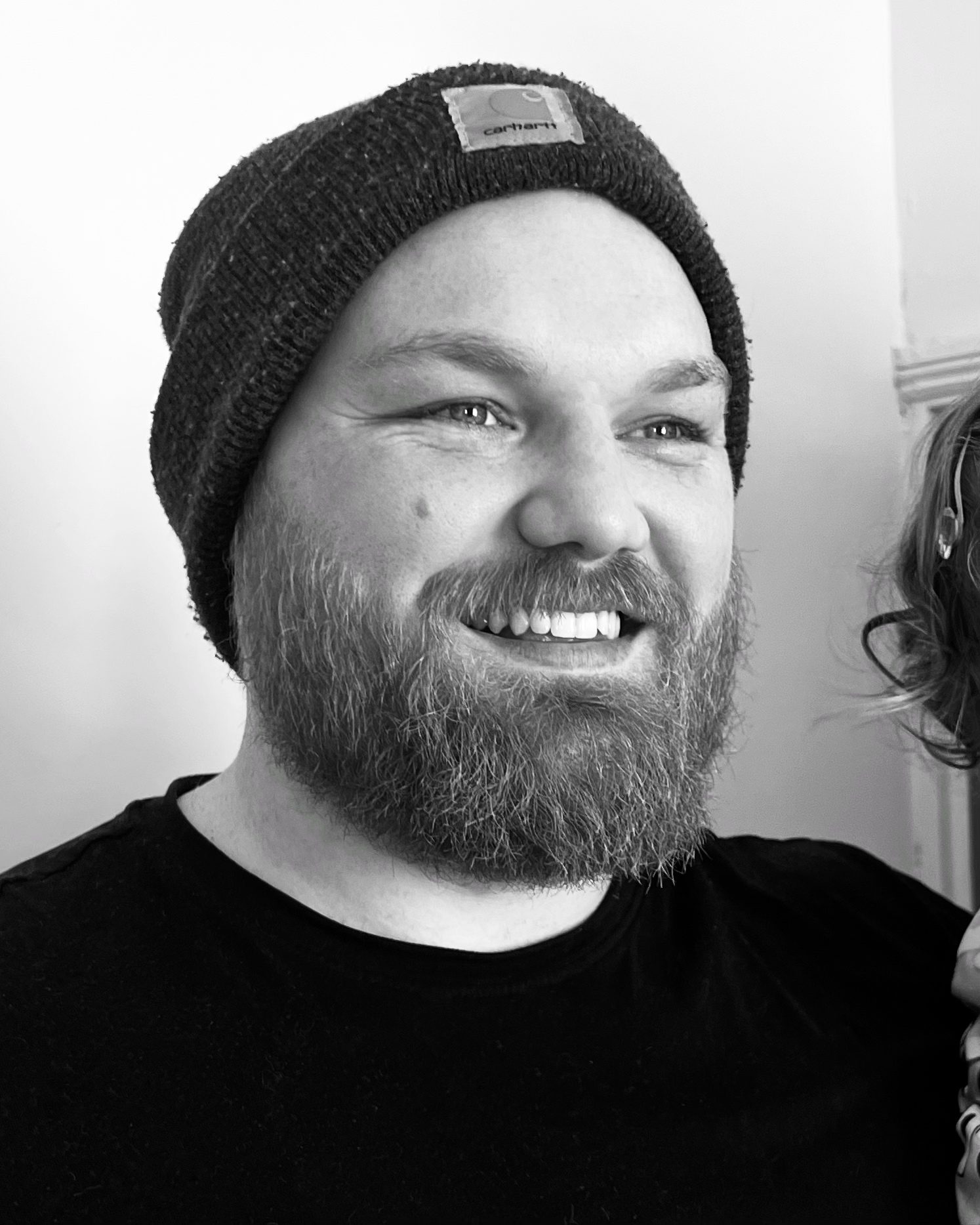
Kalum is a professional photographer with over a decade of experience, also working as a photo editor and photography writer. Specializing in photography and art books, Kalum has a keen interest in the stories behind the images and often interviews contemporary photographers to gain insights into their practices. With a deep passion for both contemporary and classic photography, Kalum brings this love of the medium to all aspects of his work.
You must confirm your public display name before commenting
Please logout and then login again, you will then be prompted to enter your display name.
